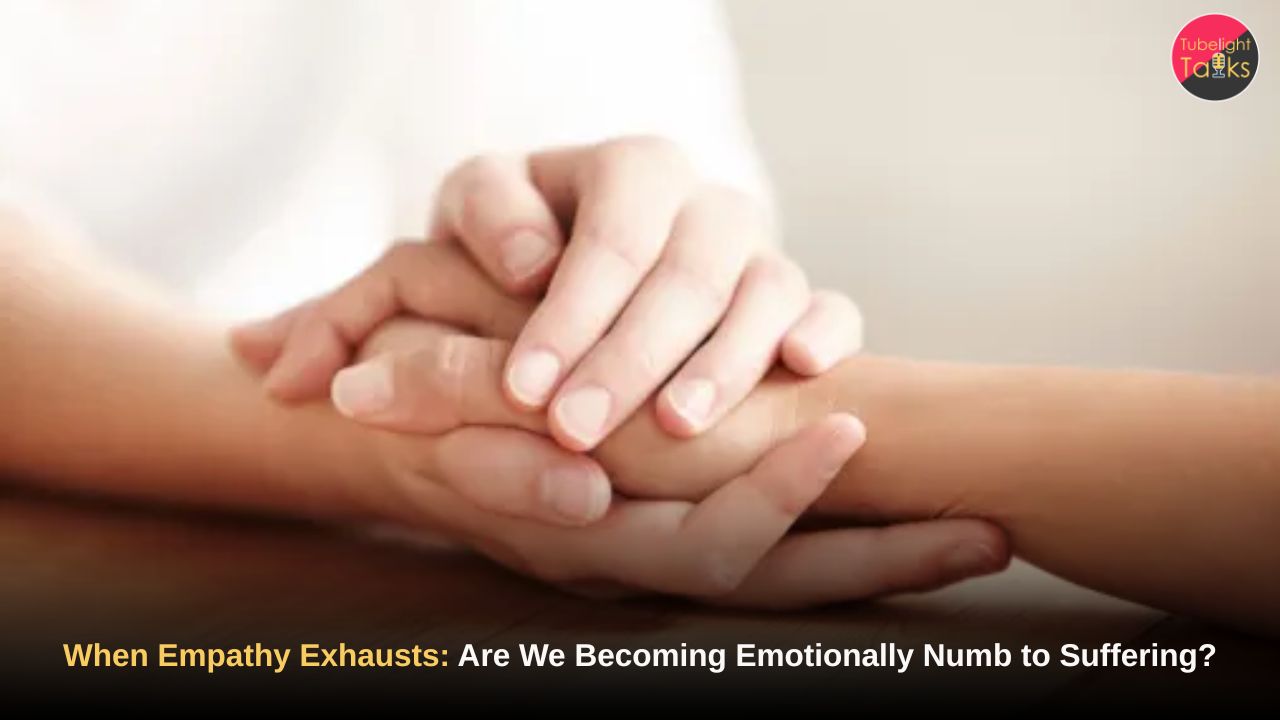Can urban planning shape human happiness? It’s a question as old as cities themselves. From the gridded streets of Harappa to the grandeur of Rome and the green-conscious smart cities of today, people have believed urban design to always influence the quality of life. But does it really contribute to a happy life? Let us explore in this article.
A Brief History of Ancient Planned Cities
Around 2500 BCE, the cities of Harappa and Mohenjo-daro in the Indus Valley emerged as some of the first human settlements to showcase advanced urban planning with a clear emphasis on structure, sanitation and civic order. These cities were not just efficient, they were humane in their understanding of daily life. Wide roads, uniform housing blocks, centralised drainage systems and public baths hinted at an egalitarian concern for wellbeing.
There were no ostentatious palaces dominating the skyline, unlike in Mesopotamia or Egypt. Harappan city layouts placed strong emphasis on cleanliness and accessibility for all residents.
Contrast this with Imperial Rome. The city has always been marvelled upon in terms of infrastructure – roads, aqueducts, forums and amphitheatres all elevated the Roman urban experience. However, it was also a city of extremes. While the elite lounged in palatial domus on the Palatine Hill, the poor were crammed into insulae like multi-storey firetraps with no plumbing and little light. The planning was hierarchical, not humanistic. Rome’s urban brilliance dazzled, but it did not democratise contentment.
Current City Layouts and Lifestyle
Inequality remains embedded in modern cities.New Delhi reveals a striking urban divide, where upscale areas coexist uneasily with rapidly expanding informal settlements on the outskirts. On the other hand, in a city like Los Angeles, zoning laws preserve suburban comfort while deepening housing crises. Cities, it seems, still confuse infrastructure with empathy. We build for mobility, commerce, and security, but rarely for mental wellbeing is what psychologists believe. But, the main question still remains unanswered. Does city planning bring happiness in human life in any way?
Copenhagen is frequently listed as one of the world’s most content and liveable cities — but what makes it stand out? Because it is perceived that its design encourages ‘connection’. Cycle paths, public parks, accessible waterfronts and mixed-use neighbourhoods break the monotony of car-centric isolation. The city’s layout encourages social connection, active lifestyles and communal use of space. Researchers believe these are the key ingredients for happiness, as backed by decades of psychological research.
So what is happiness exactly? And if just city planning or layouts can lead to happiness then why is the world ridden with so much misery, including the so-called ‘happy’ cities.
Can Better-Planned Cities Lead to Happiness?
Let us take two more case studies to understand better.
Singapore offers another model. Its Housing Development Board (HDB) flats are not slums-in-waiting but thoughtfully designed communities. Each block has access to green space, markets, schools, and public transport. The city’s approach to high-density living respects dignity and collective well-being. And yet, Singapore grapples with exceptionally steep housing prices, decline in jobs for locals, an economic slowdown and overall inflation. Did their city planning guarantee happiness to its citizens?
Similar is the case with Jaipur. Jaipur, established in 1727 under the rule of Maharaja Jai Singh II, stands as a pioneering model of structured urban planning in pre-modern India. It was based on Vastu Shastra and the grid system, featuring wide roads, uniform markets and central public spaces. The nine-block layout was designed not only for trade efficiency but also for social cohesion, religious harmony and climate resilience. However, even Vastu Shastra failed to bring adequate housing, and tackle various challenges Jaipur faces today like environmental issues, multi-hazard vulnerability, social inequalities, etc. Vastu Shastra is a practice against the directives of our sacred Vedas and the Holy Bhagavad Gita.
‘Happy cities’ have become another marketable brand, a soft mask over systemic inequality. Gentrification, under the guise of beautification, often displaces the very communities it claims to serve. A rooftop garden won’t erase decades of segregation. A wider footpath won’t fix an unjust economy.
Happiness cannot be retrofitted. It must be foundational. The first step is understanding what happiness truly means, for even the most materialistic approach fails to provide inner peace and satisfaction.
What is Happiness and Can It Be Truly Achieved?
Jagatguru Tatvdarshi Sant Rampal Ji Maharaj reveals that the world we inhabit is filled with misery, not true happiness. The reason why each living being searches for happiness is because of our innate yearning to go back to our place of origin.
All souls originated from Supreme God Kabir in His abode Satlok. God Kabir is the one true Eternal Supreme, yet His divine identity remains concealed from the majority of souls, as we currently exist under the rule of Kaal Brahm, who governs the 21-universe realm.
Sant Rampal Ji Maharaj reveals that as long as a soul is caught in the unending chain of life and death, it can never experience real happiness. Real and lasting happiness can be achieved solely by worshipping God Kabir, leading to complete salvation.
Understand more about how to break free from the crutches of Kaal Brahm, and embrace the true worship of God Kabir through this invaluable spiritual discourse by Sant Rampal Ji Maharaj, shedding light on the mystery of our origin:










